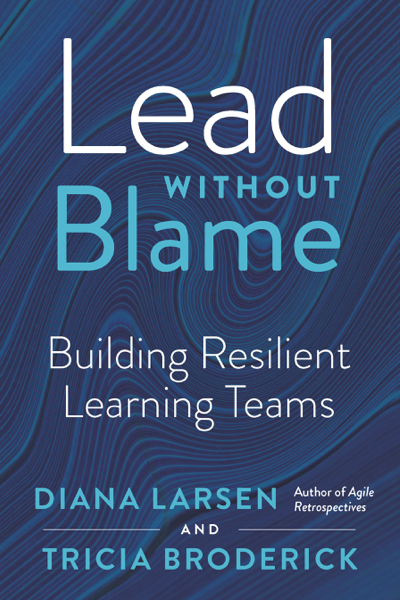One of my favorite feedback comments that I frequently receive is centered around helping people see various perspectives in situations. I fully embrace that perceptions do not always align with intentions. I fully embrace that people are doing the best in the situation with what they know/think. I fully embrace that conflict can build relationships to be even stronger. So I really try to help people consider alternative narratives to the ones that justified their immediate reactions/emotions.
 For a hypothetical example: In public, one person questions the target audience for a meeting. The other person, interprets this as questioning the value of the meeting and shuts down. Conflict rises. My initial questions explore why this interpretation? What else is perceived by both sides? What could be valid/valuable reasons for the initial questions about the target audience? Sure, could the person have been being malicious in their question…yep, but I’ve rarely experienced that outcome. Almost always, there is a lingering conflict that wasn’t addressed and communication is then breaking down because everyone is looking at something only from their own perspective.
For a hypothetical example: In public, one person questions the target audience for a meeting. The other person, interprets this as questioning the value of the meeting and shuts down. Conflict rises. My initial questions explore why this interpretation? What else is perceived by both sides? What could be valid/valuable reasons for the initial questions about the target audience? Sure, could the person have been being malicious in their question…yep, but I’ve rarely experienced that outcome. Almost always, there is a lingering conflict that wasn’t addressed and communication is then breaking down because everyone is looking at something only from their own perspective.
And when this is for other people, I excel here. I can find the right level of compassion but also be supportive to challenge them to explore changing the narrative they created. ” This person is not professional. This person is out to get me. This person wants me fired.” However, let me be clear, I think these narratives are damaging but not uncommon. When a big hurtful situation involves me, I create narratives too. My ownership of this reality is what helps me not judge but help people move to a productive place. As much as these narratives can hurt, doubling down instead of communicating through the conflict is way worse. There are a million ways to have confirmation bias incorrectly validate the narrative created – the perspective seen with choosing to not consider alternatives; what someone else sees.
Here are a few things that help see another perspective:
- Remember the Prime Directive: people want the best
- Consider previous conflicts: did something else happen earlier
- Consider insecurities: is something triggering for them or you
- Consider pressures: customers, bosses, family, etc
- Create lists – both negative and positive possible reasons: see the first one, which is likely?
What techniques help you see another perspective?




